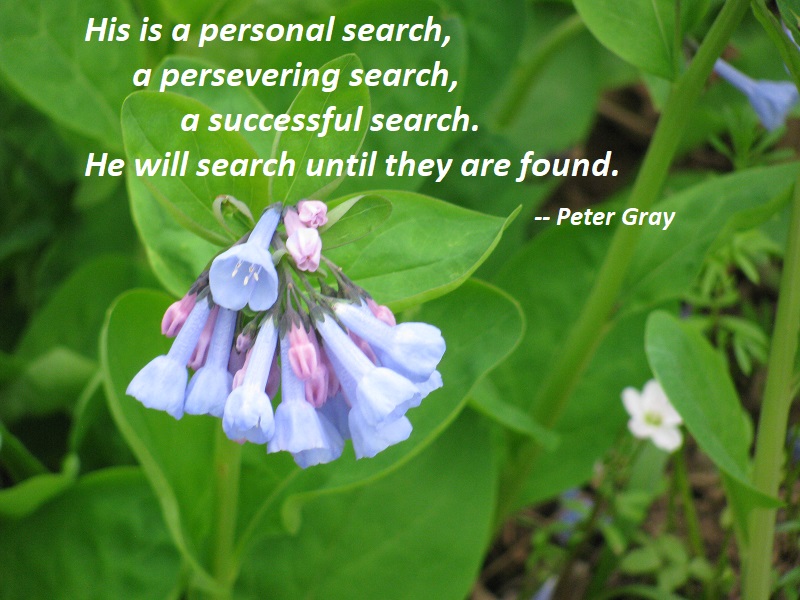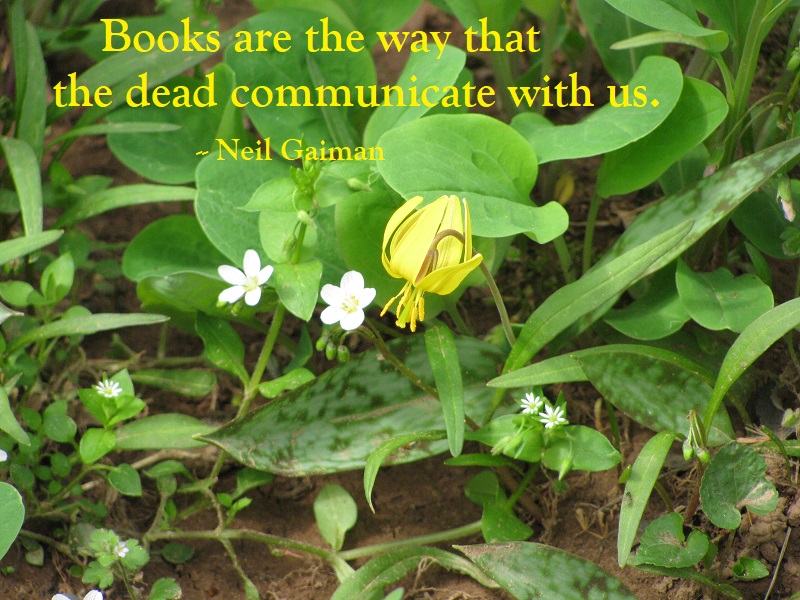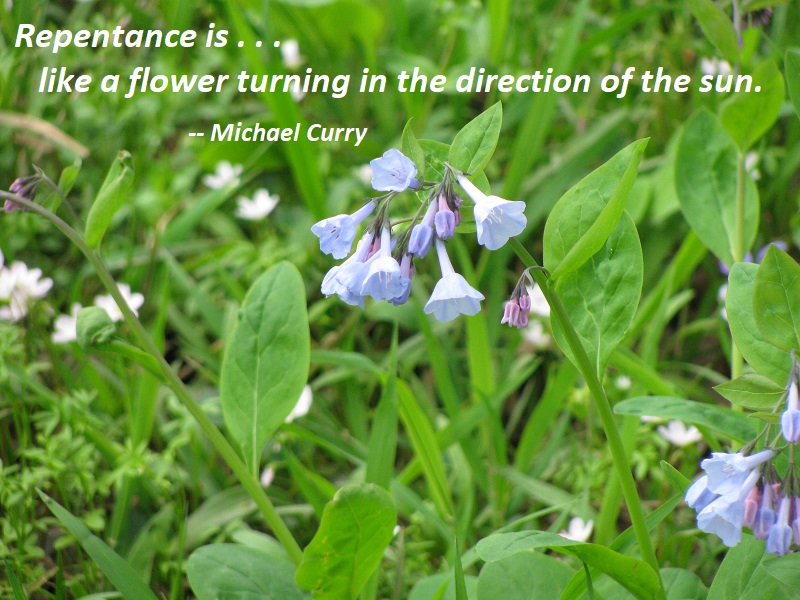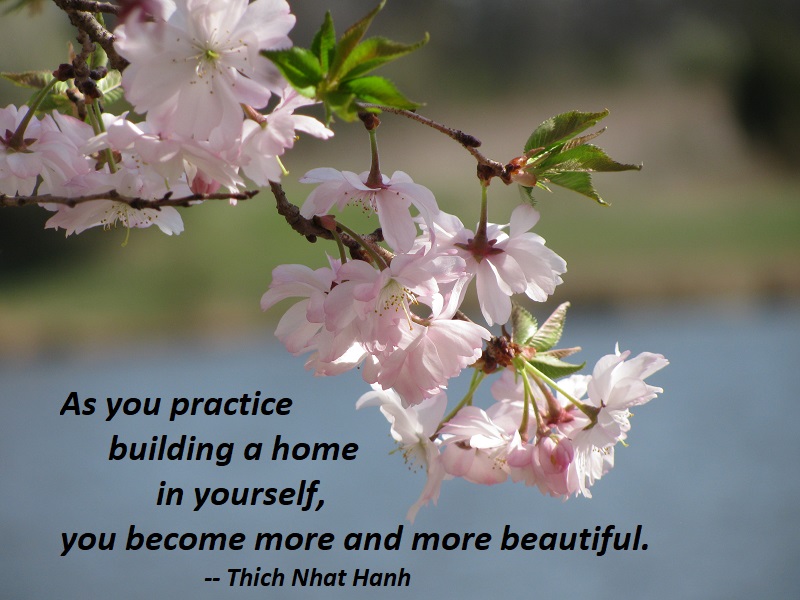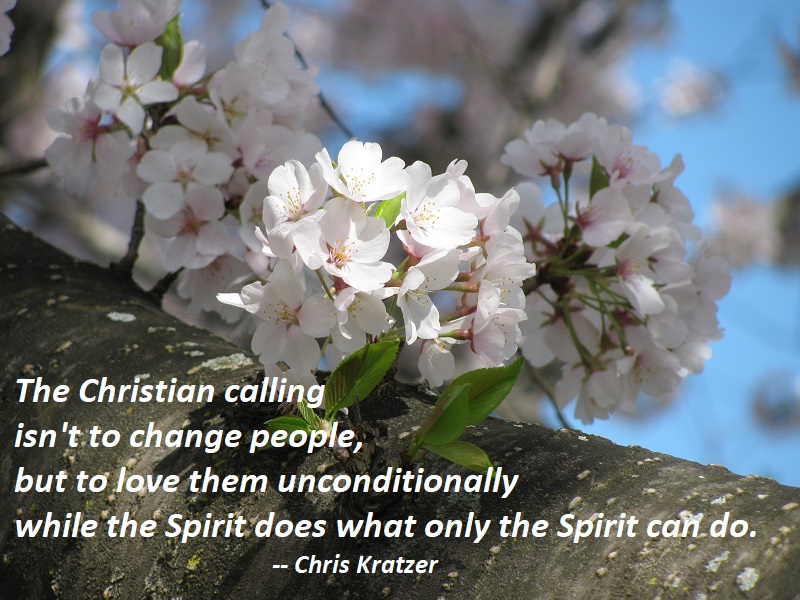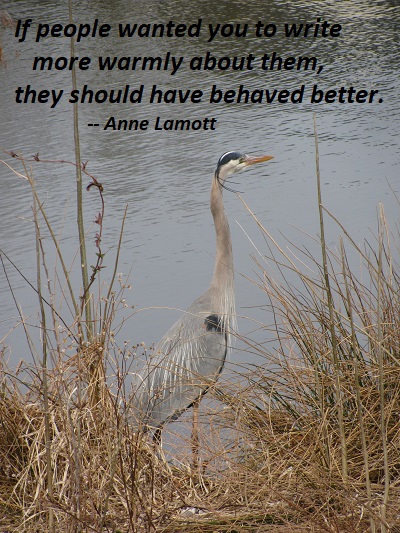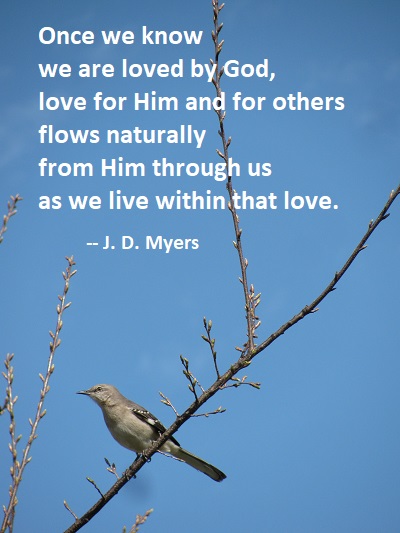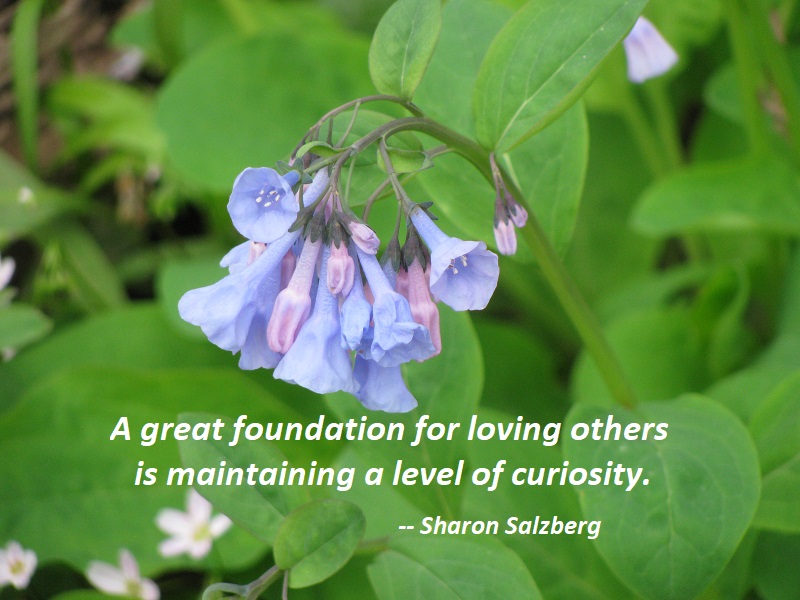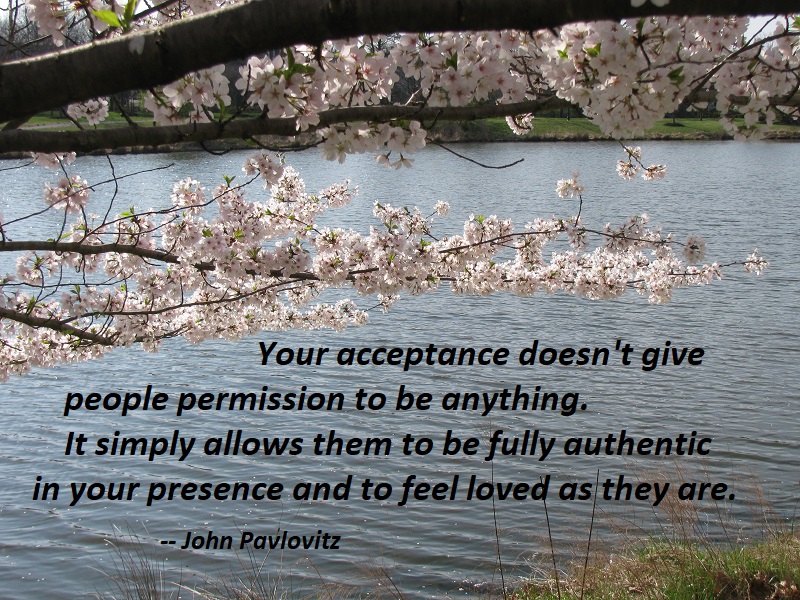Love’s the Loudest Thing
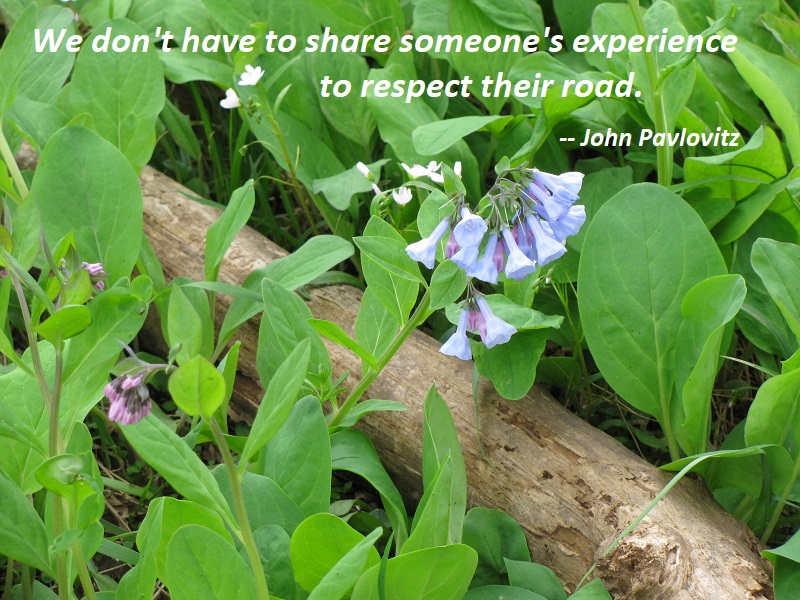
I know that for many people of faith, maybe even for you, LGBTQ acceptance is still, in a very real way, a spiritual world rocker. I pray that if you are unsure how to respond to someone who comes out to you, you’ll take a cue from my father, who — despite all he didn’t know or understand in the moment — didn’t feel a pressing need to lecture, preach, or answer every question. He simply made sure that his love was the loudest thing he spoke. He didn’t realize it then, but he was showing me Jesus in a way that surprised and inspired and transformed me.
Friend, the heart of the bigger table is the realization that we don’t have to share someone’s experience to respect their road. As we move beyond the lazy theology and easy caricatures that seek to remove any gray from people’s lives, we can meet them in that grayness, right where they are, without demanding that they become something else in order to earn proximity to us or to a God who loves them dearly. Just as was true in the life and ministry of Jesus, real love is not contingent upon alteration, it simply is. There is no earning of fellowship or deserving of closeness; there is only the invitation itself and the joy that comes when you are fully seen and fully heard. When in Rome, you shouldn’t need to do as the Romans do in order to be welcomed. You are already welcomed.
— John Pavlovitz, A Bigger Table, p. 18-19
